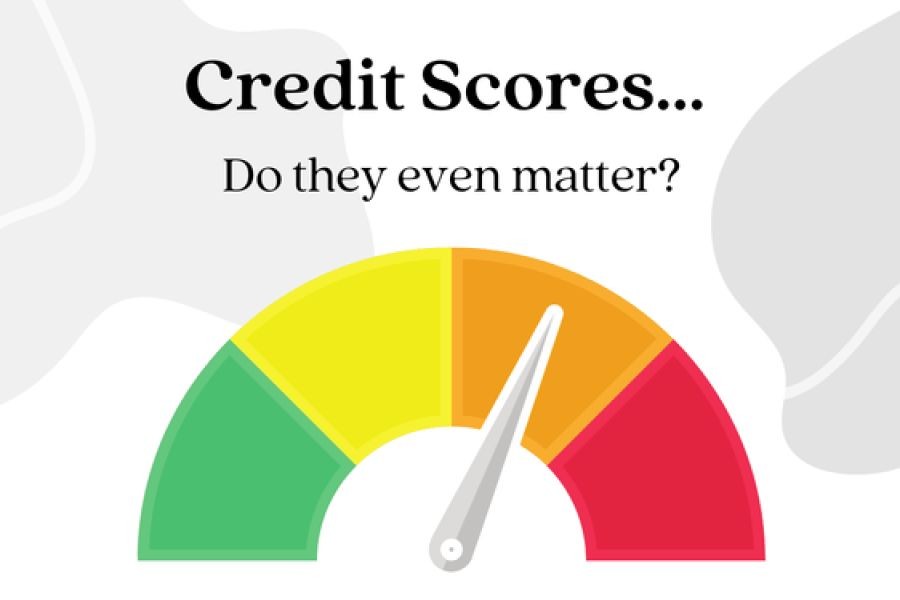In the dynamic landscape of Australian entrepreneurship, choosing the right financial strategy is crucial for business success. Entrepreneurs often find themselves at a crossroads between debt financing and equity financing, each presenting distinct opportunities and challenges. Making an informed decision in this regard can significantly influence the trajectory of a business, impacting its growth, sustainability, and market competitiveness. Understanding the nuances of these financing options and how they fit within the Australian economic context is vital for entrepreneurs aiming to thrive in today’s market.
Understanding Debt Financing
Debt financing involves borrowing funds from external sources with the obligation to repay the principal amount along with interest. This method is commonly employed by businesses seeking to maintain ownership control while leveraging external capital for growth and expansion. In the Australian context, debt financing is particularly attractive due to relatively low-interest rates, as highlighted by the Reserve Bank of Australia's monetary policy aimed at stimulating economic activity.
Pros of Debt Financing
- Ownership Retention: One of the primary advantages of debt financing is that it allows entrepreneurs to retain full ownership of their business. This is particularly important in industries like real estate, where control over assets and decision-making is crucial.
- Tax Deductions: Interest payments on debt are tax-deductible, providing a financial incentive that can improve the overall cash flow of a business.
- Predictable Payments: Debt financing often involves fixed interest rates and repayment schedules, allowing businesses to plan their finances with greater certainty.
Cons of Debt Financing
- Repayment Obligation: The necessity to repay both principal and interest can strain cash flow, especially for startups with inconsistent revenue streams.
- Creditworthiness Requirement: Securing debt financing often requires a solid credit history and collateral, which can be challenging for new businesses.
- Risk of Overleveraging: Excessive use of debt can lead to financial distress or even insolvency, particularly if the business faces unexpected downturns.
Exploring Equity Financing
Equity financing involves raising capital by selling shares of the company to investors. This approach can be advantageous for businesses looking to access substantial funds without the immediate obligation of repayment. In Australia, the startup ecosystem is vibrant, with significant support from venture capital firms and government initiatives aimed at fostering innovation.
Pros of Equity Financing
- No Repayment Pressure: Unlike debt, equity financing does not require regular interest payments, allowing businesses to reinvest profits into growth initiatives.
- Access to Expertise: Investors often bring valuable expertise, mentorship, and industry connections that can propel a company forward.
- Risk Sharing: By distributing ownership, the financial risks of the business are shared among investors, reducing the burden on the founding team.
Cons of Equity Financing
- Ownership Dilution: Selling equity entails relinquishing a portion of ownership, which can lead to a loss of control over business decisions.
- Potential Conflicts: Differences in vision and strategic direction between founders and investors can lead to conflicts that may affect business operations.
- Lengthy Process: Securing equity investment can be time-consuming and involves comprehensive due diligence and negotiations.
Real-World Case Studies
To illustrate the practical implications of debt and equity financing, let's explore real-world case studies within the Australian context.
Case Study: Atlassian – The Equity Success Story
Problem: Atlassian, a leading Australian software company, sought to expand its product offerings and global presence. The challenge was to secure substantial funding while maintaining its innovative culture.
Action: Atlassian opted for equity financing, raising capital through multiple rounds of venture capital and eventually going public on the NASDAQ.
Result: The company successfully expanded its product suite and entered new markets, becoming a global leader in collaboration and productivity software. Atlassian's market capitalization soared to over AUD 50 billion, demonstrating the power of strategic equity financing.
Takeaway: Equity financing can be instrumental for businesses aiming for rapid growth and market leadership, especially in tech-driven industries.
Case Study: Canva – Balancing Debt and Equity
Problem: Canva, an Australian graphic design platform, needed funding to scale its operations and enhance its technology infrastructure.
Action: Canva strategically utilized a mix of debt and equity financing, securing venture capital while also taking advantage of government grants and loans.
Result: The company achieved exponential growth, becoming one of Australia’s most valuable startups with a valuation exceeding AUD 40 billion. Canva’s hybrid approach allowed it to maintain control while benefiting from investor support.
Takeaway: Combining debt and equity financing can offer a balanced approach, providing flexibility and access to diverse resources.
Financial Impact Metrics
Understanding the financial implications of financing decisions is crucial for entrepreneurs. According to the Australian Bureau of Statistics, businesses that effectively manage their capital structure tend to achieve higher profitability and sustainability. A study by the Reserve Bank of Australia indicates that companies with a balanced approach to financing report a 30% improvement in ROI compared to those heavily reliant on one method.
Regulatory Insights
In the Australian context, regulatory bodies like the Australian Securities and Investments Commission (ASIC) play a pivotal role in overseeing financing activities. Entrepreneurs must navigate compliance requirements related to disclosure, investor protection, and financial reporting. Understanding these regulations is essential for making informed financing decisions and avoiding legal pitfalls.
Debunking Common Myths
Several misconceptions surround debt and equity financing, often leading to misguided decisions. Let's address some common myths:
Myth vs. Reality
Myth: Debt financing is always cheaper than equity financing.
Reality: While debt might have lower upfront costs, the long-term financial burden of interest payments can outweigh the benefits, especially if the business struggles with cash flow.
Myth: Equity financing means losing control of the business.
Reality: While it involves sharing ownership, many investors prefer a hands-off approach, trusting founders to drive the business forward.
Myth: Startups should avoid debt at all costs.
Reality: Strategic use of debt can provide necessary capital for growth without significant ownership dilution, especially when interest rates are favorable.
Future Trends and Predictions
As Australia continues to foster an innovation-driven economy, the landscape of business financing is evolving. According to a Deloitte report, by 2026, innovative financing models, such as crowdfunding and revenue-based financing, are expected to gain traction among Australian startups. These models offer flexibility and align investor returns with business performance, appealing to both entrepreneurs and investors.
Conclusion
Deciding between debt and equity financing is a critical juncture for Australian entrepreneurs. Each option presents unique advantages and challenges that must be weighed against the business's goals, industry dynamics, and market conditions. By understanding the intricacies of these financing methods and considering real-world case studies, entrepreneurs can make informed decisions that align with their strategic vision.
Final Takeaway: Navigating the complexities of business financing requires a strategic approach, informed by industry insights, regulatory knowledge, and financial acumen. Entrepreneurs should consider leveraging a hybrid model, combining debt and equity to maximize growth potential while mitigating risks.
Call to Action: For entrepreneurs ready to explore their financing options, engaging with financial advisors and industry experts can provide valuable guidance tailored to the unique needs of their business. Share your experiences and insights on financing strategies in the comments below!
People Also Ask
- How does debt financing impact Australian businesses? Debt financing offers tax benefits and ownership retention, but can strain cash flow if not managed well.
- What are the biggest misconceptions about equity financing? Many believe it leads to loss of control, but investors often support founders' strategic visions.
- What are the best strategies for implementing a hybrid financing model? Combining debt and equity can optimize growth; consult financial advisors to tailor the strategy to your business needs.
- What upcoming changes in Australia could affect business financing? By 2026, innovative models like crowdfunding are expected to gain popularity, offering flexible financing solutions.
- Who benefits the most from equity financing? Startups in tech and innovation sectors benefit from investor expertise and the absence of repayment pressure.
Related Search Queries
- Debt vs. Equity Financing in Australia
- Advantages of Debt Financing for Startups
- Equity Financing Pros and Cons
- How to Choose Between Debt and Equity Financing
- Impact of Australian Regulations on Business Financing
- Innovative Financing Models in Australia
- Case Studies on Business Financing in Australia
- Future Trends in Australian Business Financing
































iogsport681meriwe
7 months ago